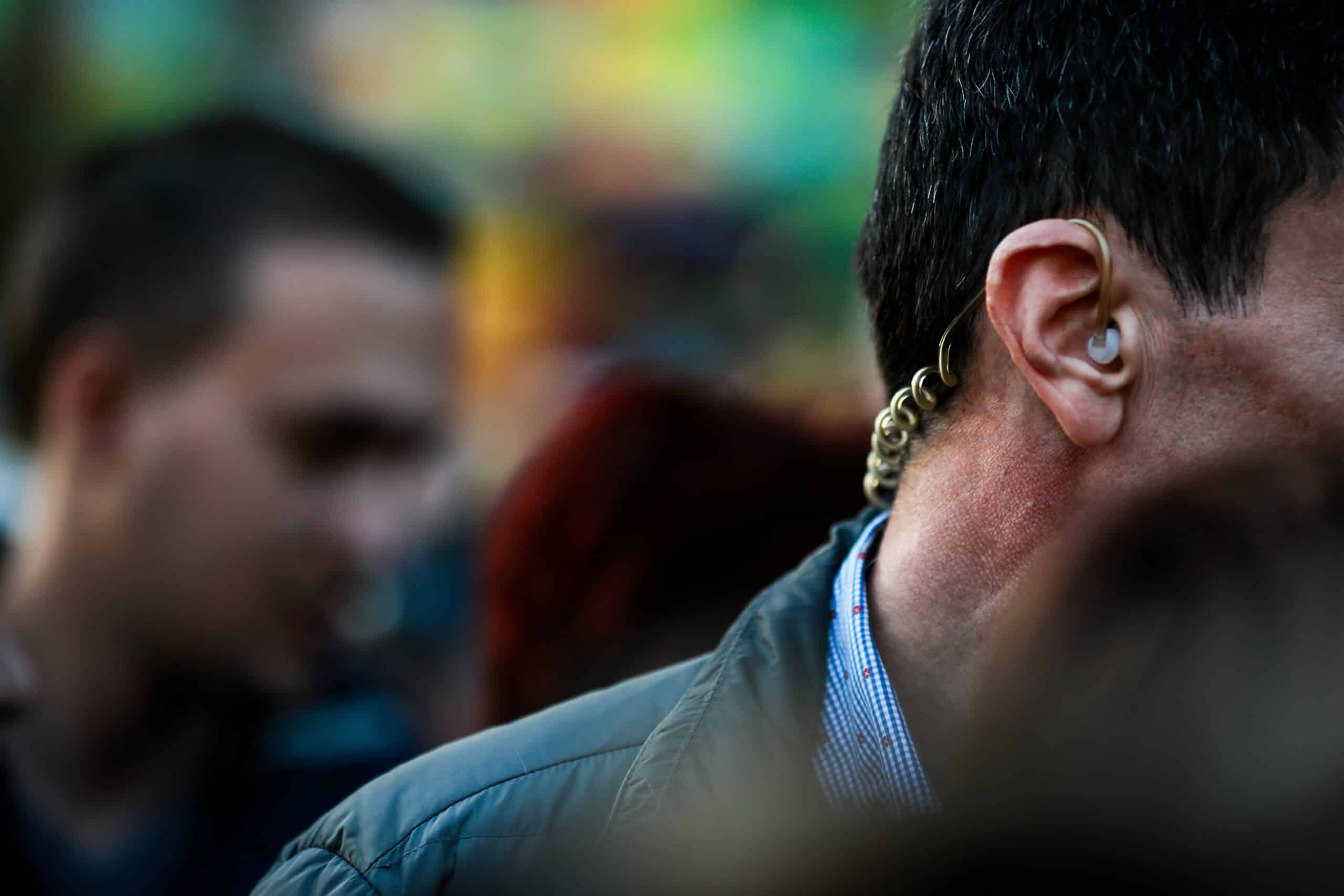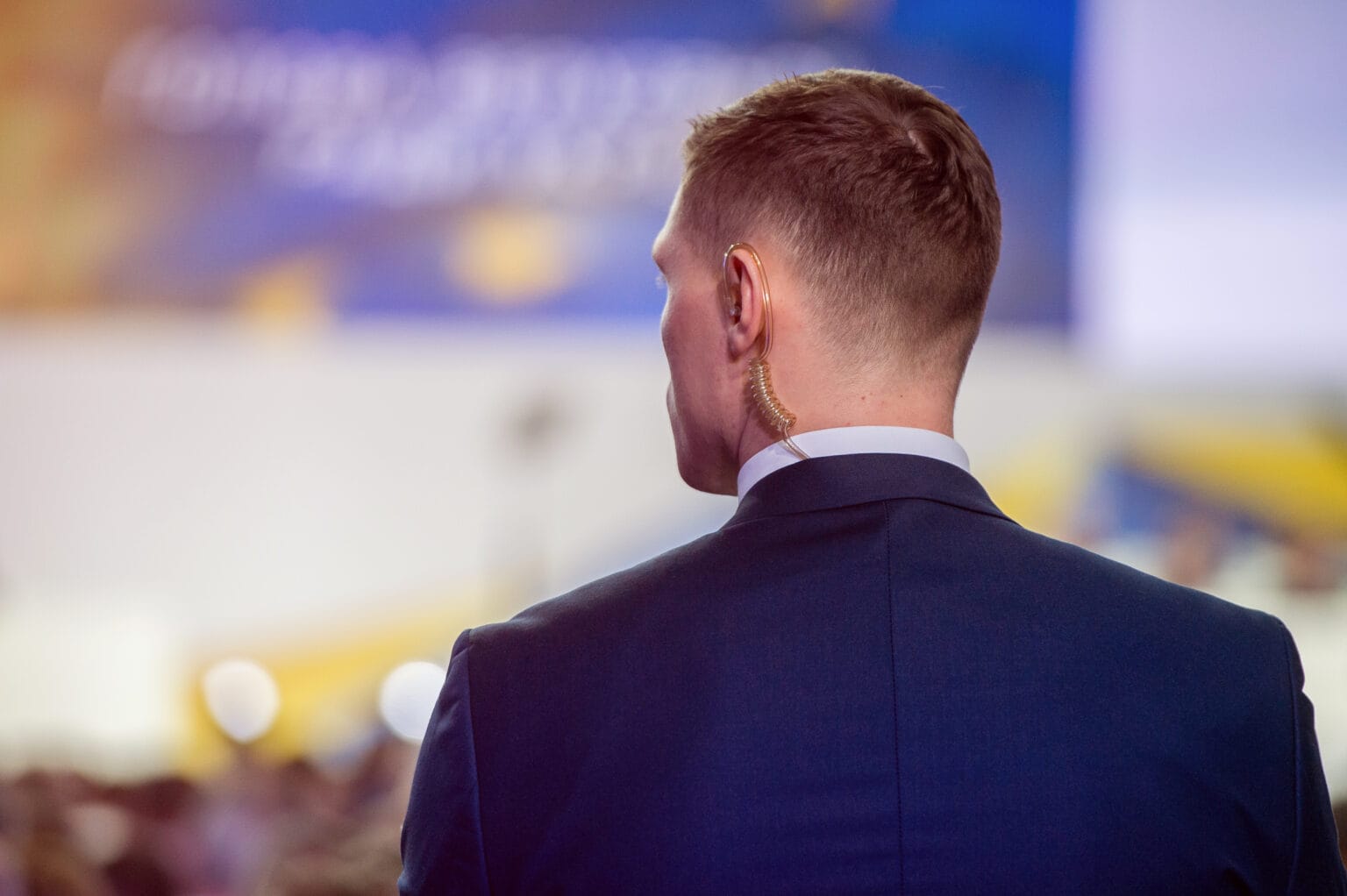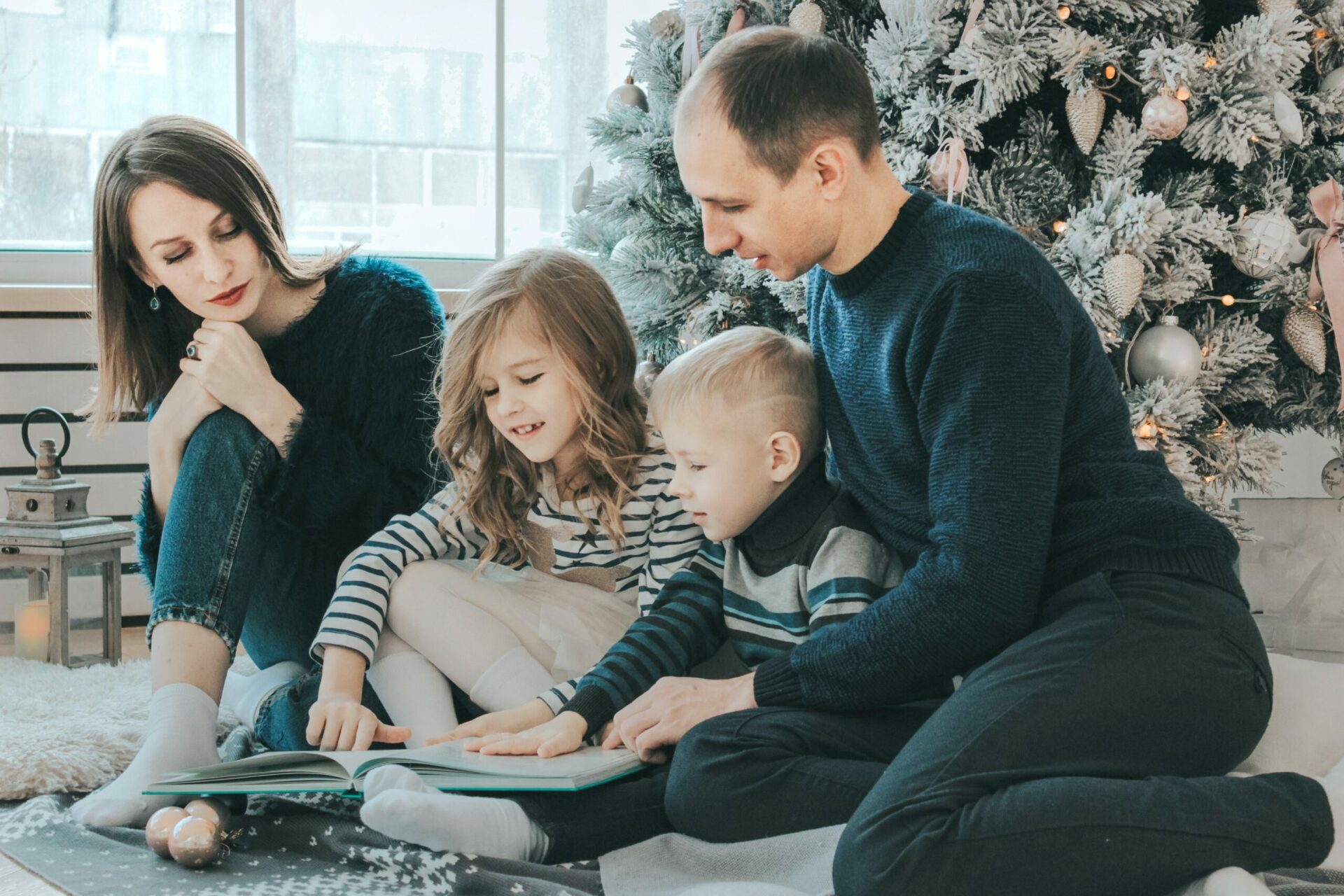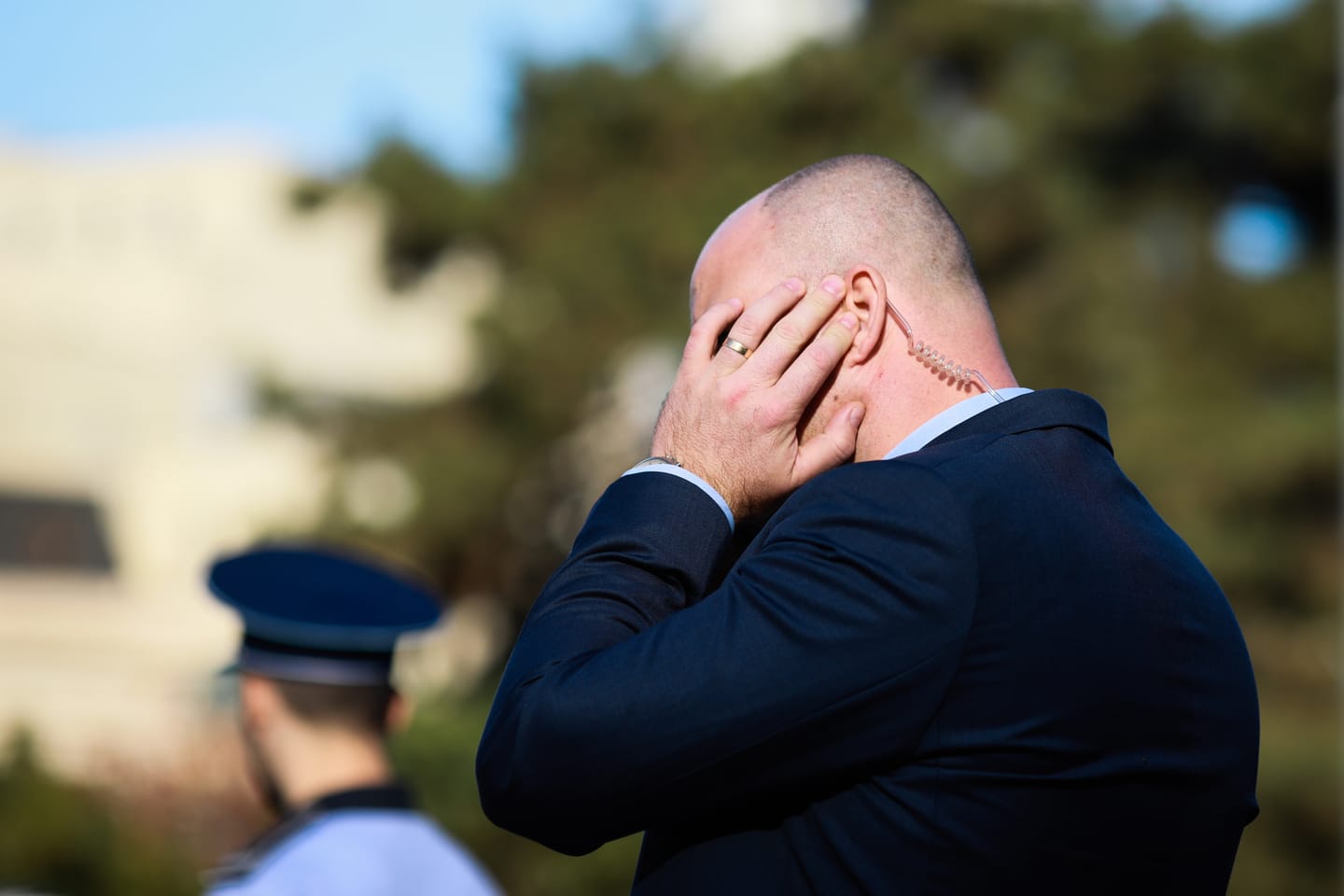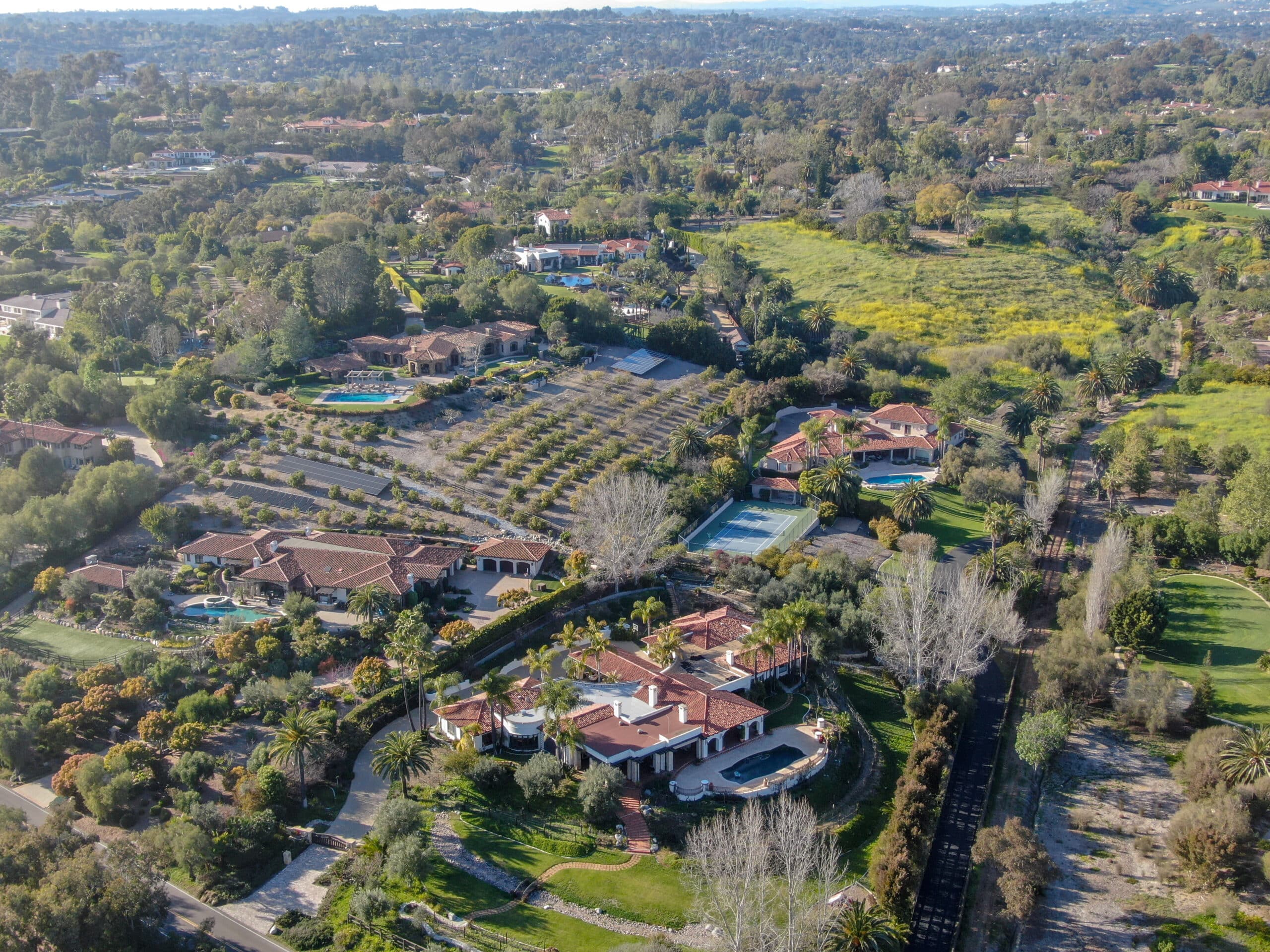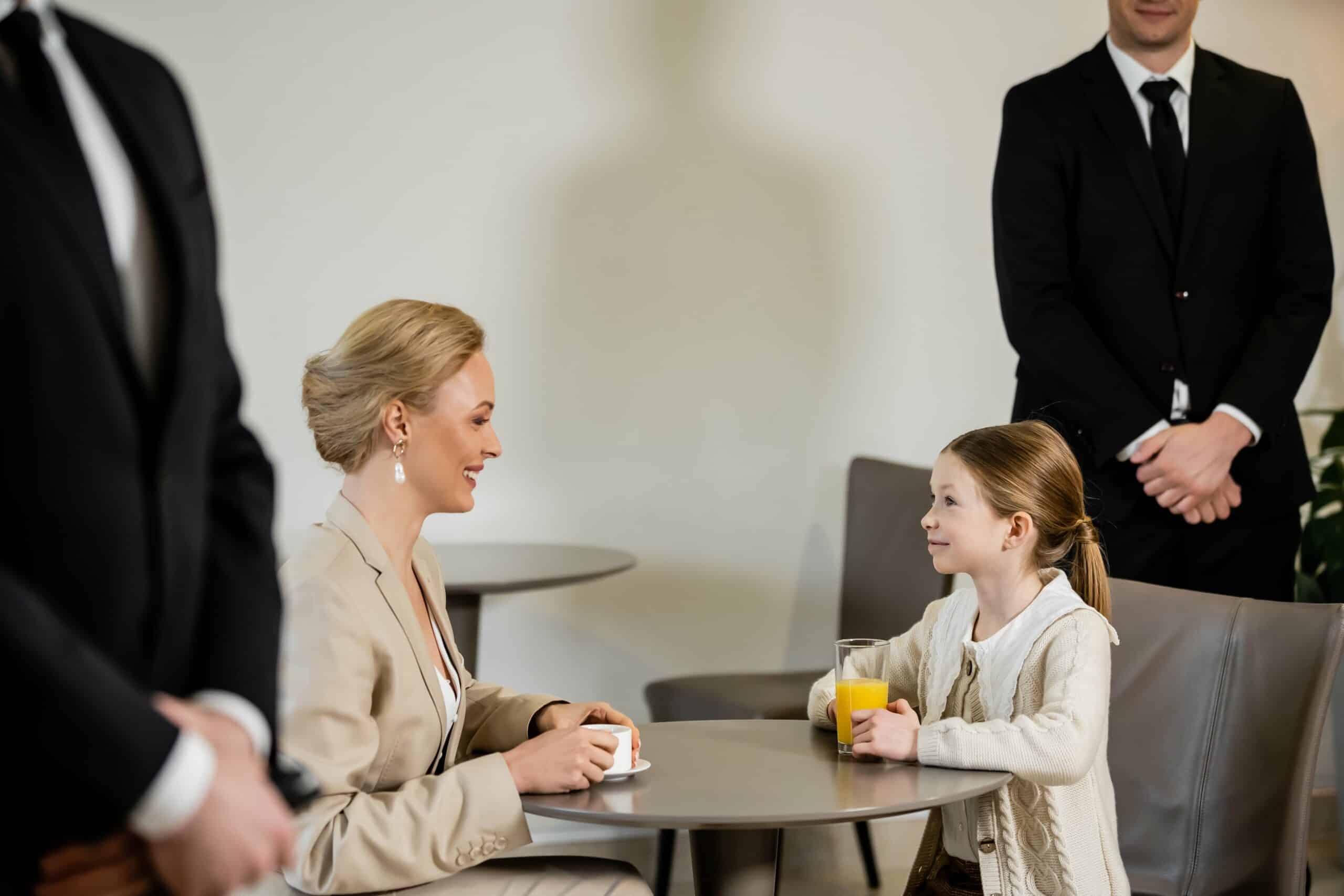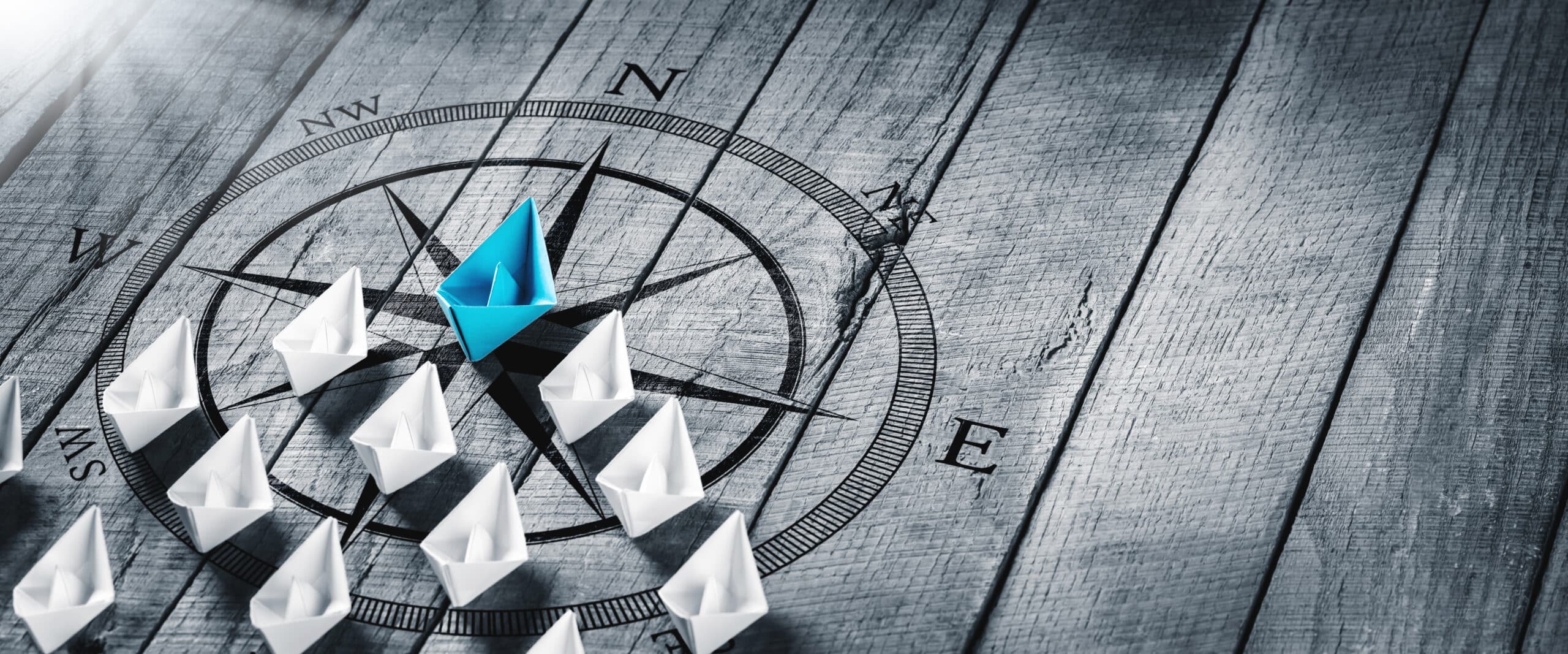Picture this: you’re at this glitzy red carpet bash, where paparazzi flashbulbs go off like New Year’s Eve. Celebs are strutting their style, but there’s something else catching your eye amidst the large crowds.
You can feel it—an undercurrent of alertness and purpose. These guys and gals are moving with precision that screams, “We mean business.” And it’s not just about the fancy suits and elegant gowns – there’s something more beneath the surface.
Enter the world of bodyguards, the unsung heroes standing between danger and the A-listers. But here’s the burning question: What are they wearing, and how does their style play into the whole bodyguard gig?
Curious much? Get ready for a wild ride as we dive into the uncharted waters of personal security, where we unravel the fashion mysteries of these dedicated protectors!
Table Of Contents:
- Understanding the Role of Bodyguards
- Factors Influencing Attire: What Bodyguards Wear
- Formal Attire for Security Guards
- Casual Attire for Bodyguards
- Protective Gear and Equipment
- The Tradeoffs Involved in Bodyguard Attire Choices
- The Impact of Bodyguard Attire on Client Perception
- Challenges in Choosing Bodyguard Attire
- The Evolution of Bodyguard Attire
- Making Decisions about Hiring a Bodyguard
- FAQs About What Do Bodyguards Wear
- Conclusion
- Understanding the Role of Bodyguards
- Factors Influencing Attire: What Bodyguards Wear
- Formal Attire for Security Guards
- Casual Attire for Bodyguards
- Protective Gear and Equipment
- The Tradeoffs Involved in Bodyguard Attire Choices
- The Impact of Bodyguard Attire on Client Perception
- Challenges in Choosing Bodyguard Attire
- The Evolution of Bodyguard Attire
- Making Decisions about Hiring a Bodyguard
- FAQs About What Do Bodyguards Wear
- Conclusion
Understanding the Role of Bodyguards
In the intricate world of the security industry, bodyguards emerge as indispensable guardians, the first line of defense for high-profile individuals against potential threats. Contrary to the stereotype of stone-faced figures merely looking intimidating, bodyguards are, in fact, highly skilled professionals who bring a wealth of expertise to the table.
Beyond the facade of a strong physical presence, bodyguards excel in the art of anticipation. They use their knowledge to foresee potentially dangerous situations and proactively implement measures to ensure the safety of their principals. A pivotal aspect of their multifaceted role involves the meticulous development of security plans. This intricate process entails collaboration with local law enforcement, thorough reconnaissance of locations, and an unwavering commitment to remaining alert to any signs of potential threats.
Yet, within the tapestry of their responsibilities lies a subtle yet crucial detail often overlooked—the strategic choice of attire. The clothing worn by bodyguards isn’t a mere afterthought; it holds strategic significance. It serves as a dynamic element that allows them to seamlessly blend into a crowd or deliberately stand out. The decision hinges on many factors, ranging from the type of event and perceived threat level to the personal preferences of both the bodyguard and the individual under protection.
In essence, the role of bodyguards extends far beyond the physical realm, encompassing a delicate balance of tactical planning, situational awareness, and the thoughtful consideration of attire—a multifaceted approach to safeguarding those who require protection in an ever-evolving landscape of potential risks.
Factors Influencing Attire: What Bodyguards Wear
Bodyguard apparel is more than a mere outfit – it’s an essential component of their duty. Choosing the right attire for security staff such as a bodyguard is not an easy task, as there are many factors to consider.
Several factors play into the choice of outfit for a close protection agent. These include the nature of the assignment, potential dangers, and client preferences. For instance, at high-profile events or when guarding VIPs like celebrities, formal wear becomes necessary to blend in with guests. In contrast, casual outfits may be chosen if subtlety is needed in public spaces or less formal settings. Yet even here choices are made carefully to ensure mobility and comfort while maintaining readiness.
This decision-making process also involves trade-offs between practicality and aesthetics that need careful consideration by both security guards and their clients alike.
Formal Attire for Security Guards
A bodyguard’s outfit at formal events is often a suit or tuxedo, designed to blend in with the crowd while providing mobility and ease of access to protective equipment like security stab proof vests or covert vests. But why such specific attire?
Firstly, it’s about fitting into high-profile settings without attracting unnecessary attention. A close protection agent must appear as part of the client’s entourage rather than standing out.
Secondly, functionality plays an important role. Formal wear can conceal essential security gear like security body armour, communication devices, handcuffs, or even concealed weapons.
The balance between aesthetics and practicality is tricky but vital in their line of work. The right clothing choice allows bodyguards to perform their duties effectively while maintaining a professional appearance.
Casual Attire for Bodyguards
When it comes to casual settings, security personnel such as bodyguards often need a less formal look. But don’t be fooled; even their relaxed attire or security guard uniform is chosen with care and consideration.
Rather than wearing your fanciest clothes, it’s best to choose something more appropriate for a beach party. Similarly, a suit might not blend in at an outdoor concert or sporting event.
The goal here is two-fold – staying comfortable while still maintaining readiness. This means practical clothing choices that allow freedom of movement and the ability to conceal necessary equipment.
So what’s on the menu? Think along the lines of smart jeans paired with polo shirts or tactical pants teamed up with durable jackets and comfortable shoes. Tactical pants, for instance, are designed specifically for comfort and functionality which makes them an excellent choice for informal occasions where security measures should not be compromised.
Protective Gear and Equipment
Bodyguards don’t just count on their expertise; they also make use of advanced equipment to guarantee the protection of those in their care. One essential piece is the bulletproof vest or body armor. Made from strong, lightweight materials like Kevlar, these protective vests can protect against firearms and physical attacks.
Next in line are communication devices. Covert earpieces let bodyguards stay connected with their team without drawing attention. These tiny gadgets have a significant role in coordinating movements and reacting swiftly to potential threats.
Last but not least, some assignments may need more specialized equipment, such as weapons, medical kits, and any necessary daily equipment. This depends on the nature of the job and the risk factors involved.
Remember that while this protective gear enhances security, it’s still crucial for bodyguards to blend into any setting so as not to draw unnecessary attention.
The Tradeoffs Involved in Bodyguard Attire Choices
Bodyguards face a unique balancing act when choosing their attire. The goal is to be comfortable and mobile, yet they need to blend into the environment without compromising security.
Suiting up for a high-profile event might demand formal attire, which can restrict movement but signals authority and professionalism. On the other hand, casual clothing allows more freedom of motion but could seem less intimidating.
Choosing protective gear presents another challenge. Body armor offers vital protection but may draw attention or limit mobility. Therefore, deciding what to wear involves assessing risks and benefits meticulously.
In essence, every piece of clothing or equipment bodyguards use represents a tradeoff between practicality and perception—a complex decision that impacts not only their performance but also clients’ sense of security.
The Impact of Bodyguard Attire on Client Perception
What a bodyguard wears can deeply influence how clients feel about their security. It’s not only about aesthetics; psychological factors are also at play.
A bodyguard in formal attire, like a sleek suit, gives off an air of professionalism and seriousness that may help the client to trust them more. However, this isn’t always practical or comfortable for the bodyguards themselves.
In contrast, casual clothes allow better movement and might make the client feel at ease in less formal settings. But they could also lead some clients to question whether these ‘relaxed’ guards are taking their jobs seriously enough.
Thus, striking a balance between formality and comfort is crucial when deciding what a bodyguard should wear – something both aesthetically pleasing and practical for varying situations is key.
Challenges in Choosing Bodyguard Attire
Choosing the right attire for bodyguards is a tricky balance. The clothes need to be practical, allowing easy movement and access to necessary equipment. But they also have to fit into different social contexts.
Sometimes a suit and tie are required when attending formal events with high-profile clients. Other times, casual clothing helps blend into a crowd or environment. These diverse requirements make choosing an outfit more complex than it might seem.
The selection of protective gear adds another layer of complexity because this needs to remain hidden while still being accessible quickly if needed.
Making these decisions isn’t just about aesthetics or comfort – it’s about safety too. It requires expertise in both fashion and security tactics, something that top-tier firms like Global Risk Solutions, Inc. (GRS) excel at delivering.
The Evolution of Bodyguard Attire
Bodyguards have long adapted their attire to the needs of the job. In the early days, they were often seen wearing bulky and conspicuous gear that indicated their role as “security.” However, as times changed, so did bodyguard fashion.
Today, bodyguards are influenced by societal norms and technological advancements, which have led to a more subtle and blended appearance. Depending on the situation, you may find bodyguards wearing formal suits or casual clothes at high-profile events when protecting a celebrity on vacation. This evolution in attire is not just about style but also functionality.
Bodyguards now have access to gear that can be worn beneath everyday attire, such as security bulletproof vests, allowing them to provide discreet security without standing out. This allows for discrete protection without drawing unnecessary attention. The objective is to maintain an equilibrium between practicality and appearance while guaranteeing the security of the individual being guarded.
Making Decisions about Hiring a Bodyguard
When it comes to selecting a bodyguard, the choice is more than simply picking someone who appears intimidating. You need to consider several factors.
The attire of your potential bodyguard plays a crucial role in how they perform their duties and can even impact your perception of safety. For example, if you’re attending high-profile events or business meetings regularly, you might prefer a formally dressed bodyguard. But for casual outings or travel situations, someone in less conspicuous clothing could be ideal.
Apart from appearance considerations, practicality should also play into your choice. A good security professional will balance style with functionality — like GRS’s experts do— incorporating elements such as easy mobility and hidden protective gear when needed.
Lastly, personal comfort with the individual should factor into your decision-making process because trust is critical in this relationship.
FAQs About What Do Bodyguards Wear
What do security guards wear?
Regular Security guards usually sport a uniform, often dark in color. It can include shirts with security emblems, pants, boots, and sometimes hats or caps.
Do bodyguards wear special suits?
Sometimes they do. Bodyguards working high-profile events or guarding VIPs might wear tailored suits to blend seamlessly into the crowd.
Why do bodyguards wear black?
The color black offers a sense of authority and seriousness. Plus, it helps them appear unobtrusive while still looking professional during formal occasions.
What do bodyguards prefer to be called?
In the industry jargon, terms like ‘personal protection officer,’ ‘close protection agent,’ or ‘executive protection agent’ are commonly used instead of ‘bodyguard’ for their more professional connotations.
Conclusion
So, what do bodyguards wear? Their apparel is not merely about the garments; it displays a flawless combination of capability and usefulness. Their attire reflects a perfect blend of professionalism and practicality.
Suit jackets for formal events and casual clothing when subtlety is critical – their wardrobe changes with every assignment. But they always maintain an image that fosters trust and respect.
Protective gear is another aspect to consider; it provides additional security while often concealed within regular-looking outfits.
Choosing suitable attire involves the challenging task of balancing style, comfort, and functionality. Yet these professionals adeptly navigate this terrain daily because your safety matters to them most.
The world of personal protection is fascinating indeed! Remember: a bodyguard’s outfit isn’t merely a fashion statement—it’s part of their arsenal!

